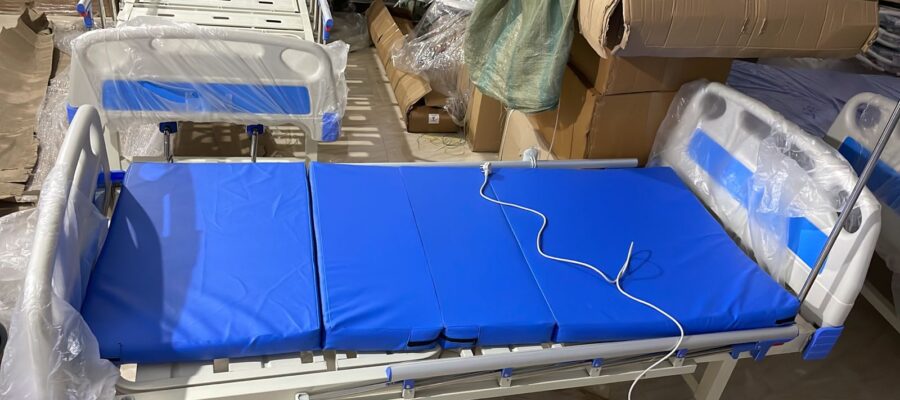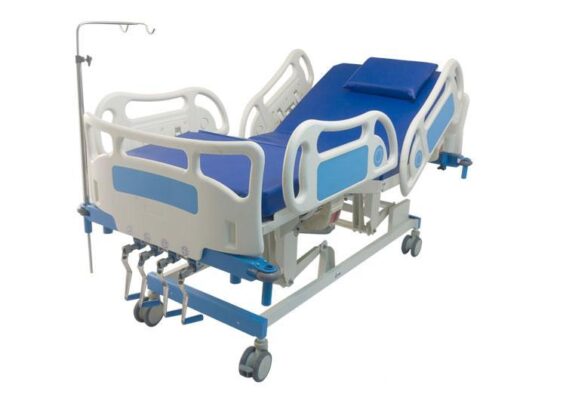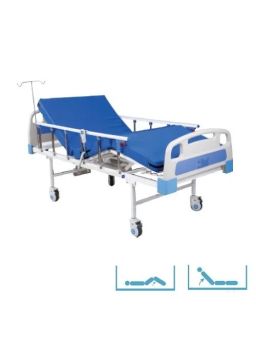Home hazards are frequently a cause of accidents: loose stair carpets and rugs, poorly fitting footwear, slippers that no longer have sufficient grip or slip on a wet floor. Failing eye sight has elders struggling to see in low light, perhaps failing to see the top step of a flight of stairs or tripping over things that have been placed in dangerous positions. Medications can make people disoriented, a sudden bout of dizziness can cause them to wobble or possibly collapse.
Thank you for reading this post, don't forget to subscribe!Falls, slips and stumbling over household furniture are major causes of people (generally older people) needing to be given first aid, visited by a medical professional or admitted to hospital for emergency treatment. Older and middle-aged people frequently break or fracture their hips because of these types ofaccidents and need to be given first aid quickly after the accident. That’s why it’s important for you to know what to do, as soon after an accident as is possible.
What to do.. if someone has fallen
- Approach the person calmly and reassuringly
- Be aware of any further dangers to you or the casualty
- Don’t be in a hurry to move them
- Get onto the floor, so you are level with the person, and immediately check:
- Is the person responsive?
- If not, is the person breathing?
- If the person is breathing, look closely at how he or she has fallen
- Carefully put the person in the recovery position – to keep the airway clear
- If the person is not breathing, start CPR immediately
- If the person is responsive:
- Talk to him and try to find out how the accident happened
- Is there any medical cause such as a fit or stroke? Do not pressure the individual if he is confused
- Try and work out where it hurts most
- Look closely to see if there is any obvious bleeding, bruising or breaks.
- If the person has fallen from a height or injured the neck or spine – do not move him. Keep the person as still as possible. Phone for an ambulance and keep the person calm
- If you are aware of any bleeding apply firm pressure with a clean pad whilst waiting for emergency help
- If the individual shows signs of clinical shock – lay him flat on the back, with the legs raised
What to do after a road accident
While the lack of good roads and adequate lighting (at night), rash and careless driving and the unconcern of pedestrians can partly be blamed for the high number of road accidents, a large portion of the fatalities could be because most accident victims do not get proper medical attention and first aid on time. So, do you know what to do if you are involved in a road accident or are a witness to one?
- Check yourself first:If you have been hurt in an accident, first check yourself for any injuries. Remember you need to be fit enough to help the others.
- Check the other victims for injuries:If other people are injured, first evaluate the extent of his/ her injuries.
- Help the quietest person first, they are usually more seriously injured or cannot breathe.
- Those who can talk or scream can breathe therefore can be treated a little later.
- Ask for the person’s name, if he replies, it means he is able to understand the situation and has probably not suffered a head injury.
- Check if the person is breathing and if there’s a pulse
- Immediately call for an ambulance or take the person to a hospital.
- If you do not hear any breathing sounds – check his/her mouth for any obstructions. If there is something blocking the airway, use your index and middle finger to clear the airway
- If there is no pulse – start Cardio pulmonary resuscitation(CPR) or External Air Resuscitation(EAR). Keep the person’s neck straight and flat on the ground to start EAR or CPR. There are three types of EAR:
- Mouth-to-mouth
- Mouth-to-Nose
- Mouth-to-Mask.
- If there is bleeding from the mouth or any vomiting, turn the person on his/her side, preventing the person from choking. Place the arm under the person straight out and the arm closest to you across his chest
- If there are large, deep wounds – control the bleeding by applying pressure to the area using a cloth. Press down with your palms rather than the finger tips.
- If the person’s neck is in an awkward position or the person is unconscious, do not move the patient. Get help immediately
- Keep the person warm. Usually accident victims feel very cold due to shock. Keeping them warm is essential for their survival. You can use whatever clothing is at hand to do this.
- Do not give the person any water, food or other fluids through the mouth. It could cause the patient to choke
When you feel you have done all that you possible could, then wait for the medical professionals to take over – either the paramedics or the emergency room doctors. If you were involved in the same accident, make sure you are also checked out. Thoroughly.



